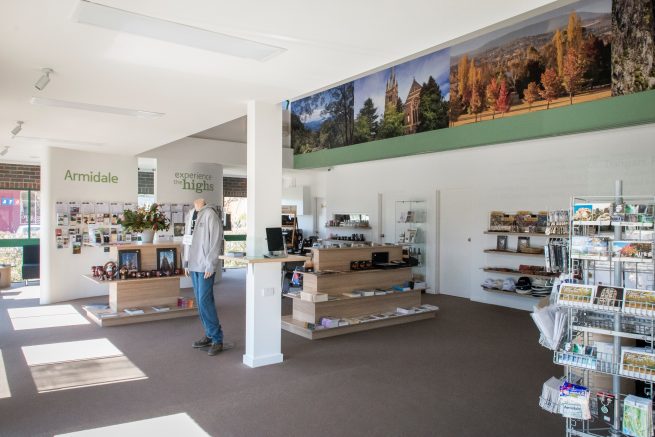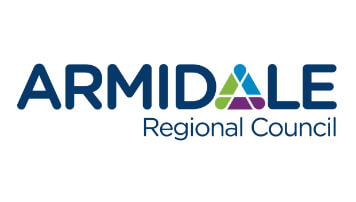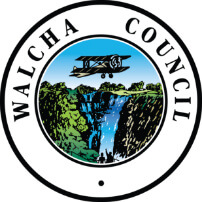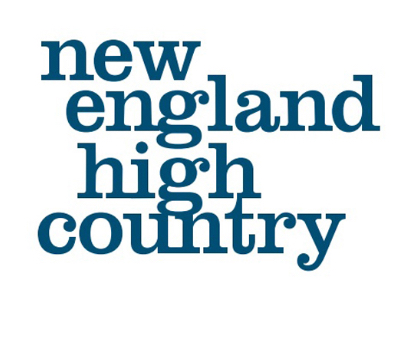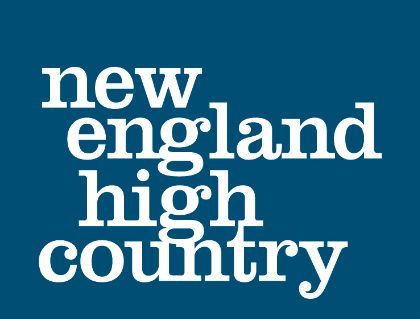Guyra
Top of the range
This delightful country town is located high on the Northern Tablelands of the Great Dividing Range. At 1330 metres above sea level, Guyra attracts many visitors during the depths of winter to enjoy the frequent snow falls. It is this altitude and its associated climate which helped Guyra to become a major potato growing area and more recently well known as home to the largest glasshouse in the southern hemisphere with horticulture and truss tomatoes the crop of the 21st century. There are places to stay, from pretty campsites, caravan parks and riverside cabins to comfy motels, B&Bs and farm stays.
Mother of Ducks Lagoon on the edge of town is a birdwatchers’ (and picnickers’) paradise and the lagoon is a well-known camping area for RV’s and caravans.
History and heritage are of interest too. Pastoralists arrived in the area in the 1830’s and the town was established in 1880. The railway stopped running years ago but the cute station building is now the Guyra Antique Machinery Railway Museum and the old Shire Council Chambers is home to the Historical Museum.
Guyra is a town within the City of Armidale – Discover more here…
Guyra Stories
List your accommodation, event, food & drink, attraction, journey or tour on our website
ATDW is Australia’s National Tourism Database of 40,000 listings, divided into 11 categories.
State Government owned and funded, ATDW collects, quality assures, stores and distributes Australia’s digital travel information to over 250 distributors to use on their consumer websites and apps.
New England High Country is a distributor, which means that all relevant listings (accommodation, attractions, events, food & drink, journeys, and tours) feed through to this website for our visitors to discover.
Explore Guyra
Acknowledgement of Country
We acknowledge the Traditional Owners of the New England High Country region and recognise their continuing connection to land, water and community. We pay respect to Elders – past, present and emerging – and acknowledge the important role Indigenous Peoples continue to play within the New England High Country community.
